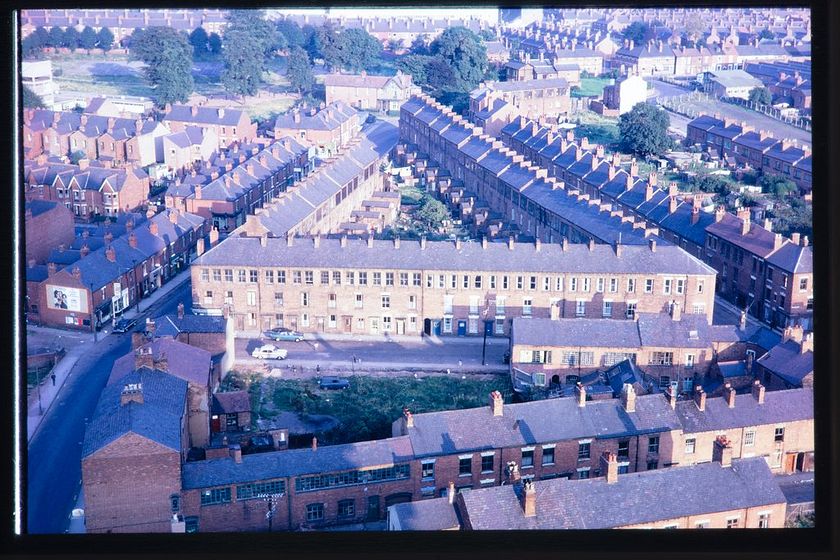
| Name | Eli Green | |
| Year of Birth | 1818 | |
| Year of Death | 1899 (aged 81) | |
| Contributions in Coventry | A freeman of the city, magistrate ( and/or Session Court juror), Eli Green was an eminent Ribbon manufacturer in the heydays of silk weaving in Coventry, contemporary with the famous Cash family of silk weavers. Employing several hundreds of workers. He later became successfully involved in the quarrying industry in Atherstone, outside Coventry, as the silk industry was falling into decline. Known for innovation in his budlings for workers – especially the Triangle of houses (Vernon St./Berry Street/Brook St) in Hillfields, Coventry, where some of the weavers’ looms, in their own home “Top Shops” were supplied by a common drivebelt system with the engine in the centre of the triangle. He came up with other innovations and inventions, but chose not to patent them. However, despite the attempts at efficiency, industrial unrest linked to pay demands of the weavers was crippling the industry in the late 1850. Eli Green was part of a committee of Ribbon Manufacturers which met with representatives of the ribbon weavers to try to resolve differences. In 1860 Eli Green was one of the few manufacturers that agreed to pay the workers by a new recommended list of tariffs (if other manufacturers, did the same), however many others refused to do so. Slowly properties were sold off, new industries were entered into, and the demise of one of Coventry’s famous industries was sealed. In his obituary it notes he was a quiet, well respected and highly experienced man – who, despite pleas and cajoling, never wanted public office. | |
| A Member of | Trinity Lodge no 254 (initiated 1868) His son, Thomas Henry Green, was also a member of Trinity no 254 joining in 1873 | |
| Charitable Works | In 1853 he became an annual subscriber (£532 p.a. in 2024 terms) to the “Coventry and Warwickshire Hospital” along with other eminent Coventrian such as John Gulson, George Pridmore, John Cash & Co, and The Hon Mrs Gregory (of the Stivichall Estate) A regular donor to the city “Relief Fund” in the list of subscribers in 1858, for example, he is reported as donating 2 guineas. (£1 1s). But the area of Hillfields and its residents was a large part of his interest both pastorally and financially, as he aimed to develop and open up that area of the city. | |
| Random Facts | in 1937, His grandson William Bassett-Green offered to erect a statue to the memory of his Uncle (Thomas Henry Green) and Grandfather (Eli Green) in Broadgate, Coventry. That statue was to be a bronze equestrian statue of Lady Godiva. The statue sculpted by Sir William Reid-Dick (President of the Royal Society of Sculptors) was finally installed in Broadgate, opposite Holy Trinity Church in 1949. It reportedly cost £20,000 – or just under a million in 2023 money. The dedication on the end panel which you can read to this day reads “This statue is dedicated to the city’s benefactress of a bygone age and is presented by W H Bassett-Green to his fellow citizens”– neither the name of Lady Godiva, W H Bassett-Green’s uncle or his Grandfather, Eli Green, are mentioned. Just W H Bassett-Green! |